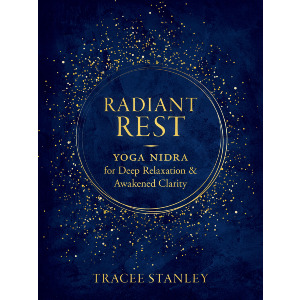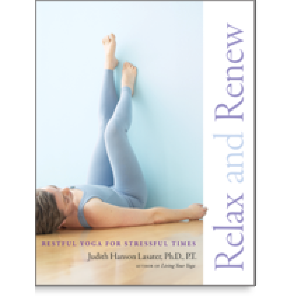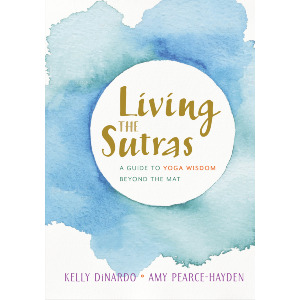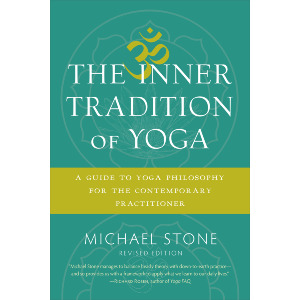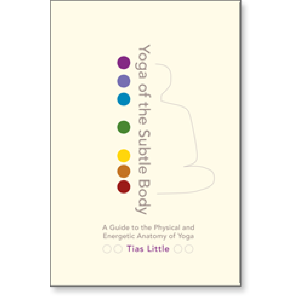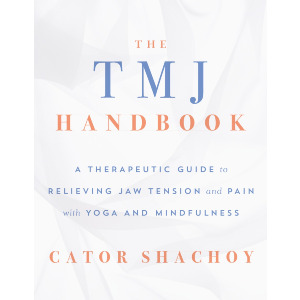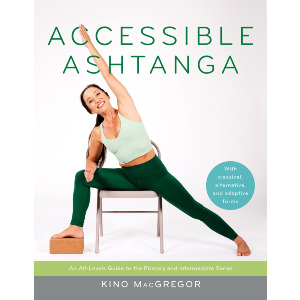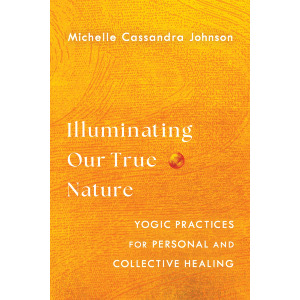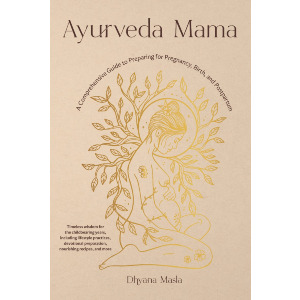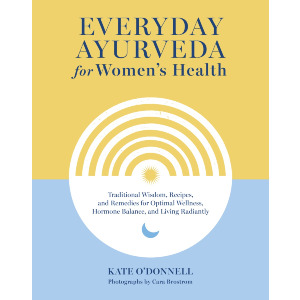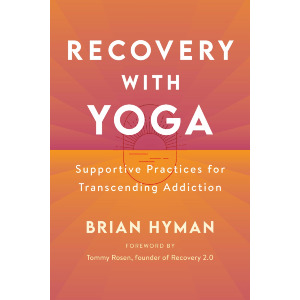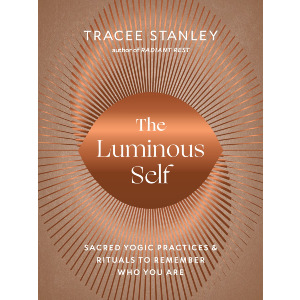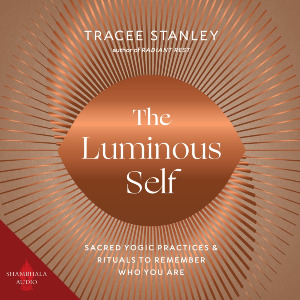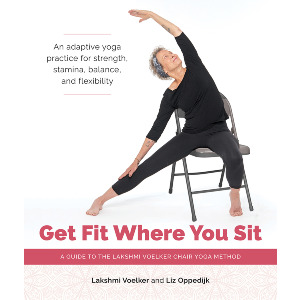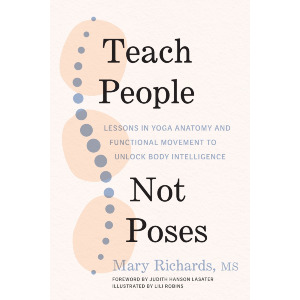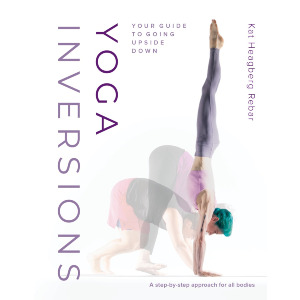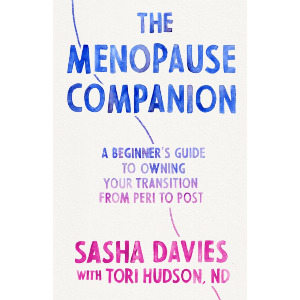An excerpt from Radiant Rest
One of the first things I became aware of, as I began to practice and then share deep relaxation, was that it’s difficult for most of us to “let go.” Yoga teachers often give this instruction without the slightest consideration for how it will be received in a class full of people with varied life experiences and possible traumas. At the very least, life can be stressful, and over time it can create the type of tension that requires more than commanding ourselves to “let go” to relax.
It is hard to let go of the tension and constriction in the body and mind that have taken many years to accumulate. Some people say that “our issues live in our tissues,” and Denise La Barre explains in her book, Issues in Your Tissues, what this means: “‘Issues in your tissues’ are emotions we haven’t allowed ourselves to feel fully, or thoughts with a heavy emotional charge. As energetic residue in the body, they accumulate and build over time, starting first as tension and solidifying into disease according to our reactions to our life experiences.”
Deep relaxation practices help us to relax systematically and to bring awareness to all the parts of ourselves that require loving attention.
Certain habits and thoughts may feel familiar and safe, and they can be reinforced by those around us, but that doesn’t mean they aren’t keeping us stuck.
Octavia’s Story
Octavia Raheem is a yoga teacher and the author of the book Gather. She finds the practice of inviting her ancestors to rest along with her in yoga nidra practice to be a powerful experience.
When I first began to practice stillness-based yoga (restorative, yoga nidra, meditation), I encountered a kind of restlessness that was shocking. I encountered resistance to pausing. I even met a sense of fear that “something” bad would happen if I allowed myself to lay down. It was as if I worried about being “caught” resting.
I reflected on my conditioning: Girl . . . you better work twice as hard, be twice as fast, stay twice as long, and maybe, JUST maybe, you will have half of a chance as others. That conditioning came from my mother and her mother and her mother and is rooted in very real experiences.
That restlessness brought me into direct awareness that I didn’t know how to rest and had never seen anyone in my family rest. I’d lay down in those early restorative yoga classes and toss and turn. I may have even broken a sweat from the discomfort of “doing nothing.” In a visceral way I knew my restlessness was a symptom of being severely tired, not only from my life but from the lives of the women who gave me life. Stillness awakened me to how much generational weariness and bone-deep ancestral fatigue I carried.
It sounds poetic, yet history, family, and cultural stories tell us that Black women in America have been treated, as Zora Neale Hurston wrote, as the “mule of the world.” Ridden, worked, and forced into labor—birthing, domestic, field, and beyond until we ran out of fuel, breath, or life.
When I practice restorative yoga, yoga nidra, or meditation and “go inside,” I meet the most fatigued parts of myself and invite those parts to rest. I know how to work. Rest requires devotion and practice on my part. I also call in an ancestor who I know toiled through her whole life and could never acknowledge she was tired. I rest in honor of the women within me who were denied the opportunity to rest.
Ancestral Circle of Healing [5 Minutes]
- Lie down in a comfortable position. Feel your navel rise and fall as you inhale and exhale. Feel your body resting on the floor or whatever you are lying on.
- Scan the body from the tips of your toes to the top of your head, noticing which parts are touching the floor. Feel the points of contact.
- Scan the body again for those parts that are not touching the floor.
- Feel the body as a whole of all its parts.
- Draw a circle of protective light around the body.
- Call around you the guides or ancestors with whom you feel relationship and that are supportive energies. Invite only energies that are benevolent and loving. Ask them to establish a layer of support and protection around the outer circumference of your circle of light
- Feel that your ancestors are helping to cleanse the space around you. Feel and know that you are protected.
Take a moment to dedicate your practice to all your ancestors and to their healing. Thank them for persevering in their lives, the very lives that allowed you to be born. Feel gratitude for the miracle of life, the breath. Notice it, one breath at a time. Remember that it is your birthright to breathe, to rest, and to rise in power. Feel the support of the earth, your guides, and your ancestors. Be present to the breath for 3 minutes, feel the belly rise and fall, and let yourself be held. Know that you are being blessed, guided, supported, and protected.
- What relationship do you have with your ancestors or family lineage?
- What is your understanding of how trauma might be present in your lineage?
- Take a few minutes, or as long as you need, to freewrite about any emotions or feelings that arise when you consider the lives of those who came before you.
- How can you honor the lives of your ancestors and those who will be future ancestors?
Share
Related Books
$18.95 - Paperback
$29.95 - Paperback
$16.95 - Paperback
$18.95 - Paperback
$18.95 - Paperback
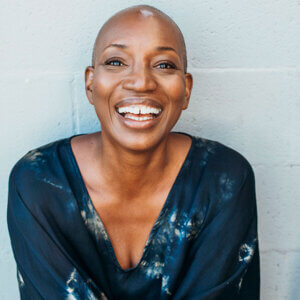

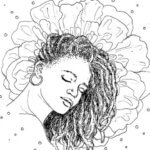
![Radiant Rest [Featured] Headshot drawing of a person in front of a large flower](/wp/wp-content/uploads/2021/09/Radiant-Rest-Featured-300x200.jpg)
